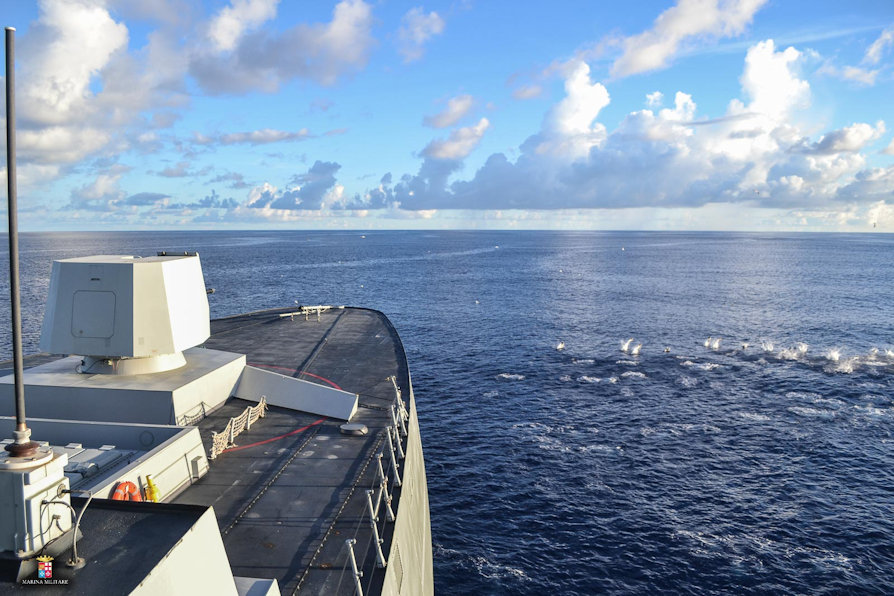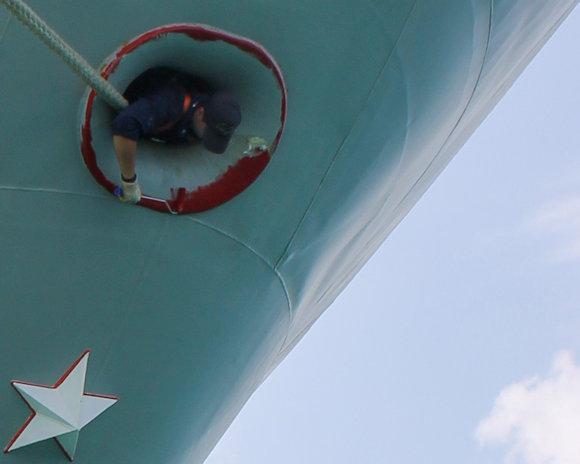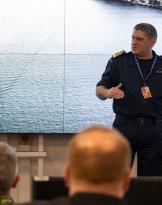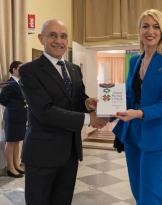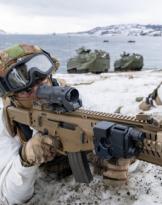The first passage of the Equator is never forgotten. This was also the case with the "first time" Carabiniere, which participates in the Indian Ocean in the European anti-piracy mission Atalanta.
On Sunday 20 December 2015, leaving Somali waters en route to Madagascar, the Italian frigate crossed the equator, entering the southern hemisphere for the first time at 09.31 local time, in position 00 ° 00 'North and 046 ° 43.5' East .
Tradition has it, on the occasion of this passage, that the ship is decorated with a very significant symbol of painting the "Occhio di Panama" which, in the maritime terminology, represents the opening located in the forward part of the ship, through which they pass mooring and towing cables.
Since the time of the ancient Greeks, the vessels possessed two "eyes" - called "Eyes of Cubìa" - located in the bow. Two holes with a circular section, generally obtained from the external plating of the ship, through which the chain of the anchor passes when the unit goes to anchor.
In ancient times, it was customary to paint them on the prow of the ship, thus believing that the boat was endowed with a view that was always alert and alert against the dangers of navigation.
THEPanama Eye was born on the occasion of the creation of the homonymous channel in the American continent and is represented as the "third eye", added to the center of the ship's prow to allow the sliding of the two cables used by the tugs during the crossing of the same. Far from Panama, this eye is mainly used for mooring maneuvers at the buoy or for the trailer.
The color with which the Eye of Panama is painted depends on the point on the Earth you are crossing. For the passage of the Equator, as in the case of a Carabiniere ship, red is used while blue is used for the transit of the Panama Canal or the Polar Circles.
The painting of the Panama Eye is carried out, as tradition dictates, by the youngest knuckleman of the sailor component which is harnessed and lowered outboard, to complete the operation from the outside. These traditions accompany the months of sailing at sea, fueling a strong and healthy body spirit, indispensable for forming the ship's crew.
